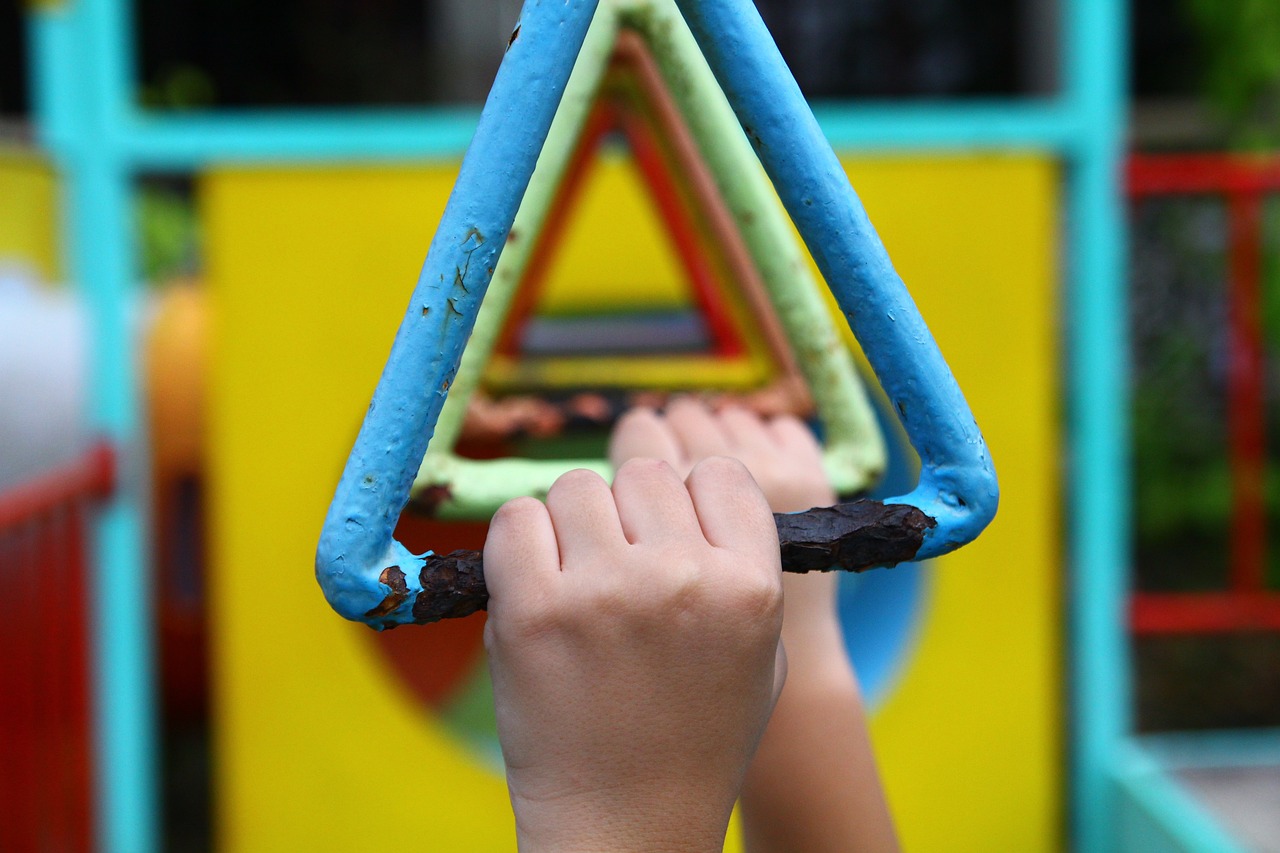By Grace Sawyer, Ed.M.
The preschool years are a time of rapid motor and cognitive development. Some children, particularly children with disabilities, may need structured support to develop foundational skills in these domains. Preschool teachers can help their students develop motor and cognitive skills by integrating them into their daily curriculum.
Motor & Cognitive Development in Preschool
Young children need repeated opportunities to refine their fundamental motor skills (FMS). FMS are the foundation for later, more complex motor skills, consisting of locomotor skills (e.g., walking, running) and object control (e.g., throwing a ball, balancing a bean bag on one’s head). FMS don’t naturally develop for all children. Because FMS are necessary for later motor development and are tied to positive academic outcomes, some children need specific support beyond free play opportunities to develop FMS. Professional education organizations recommend that teachers provide structured physical activities that are developmentally and individually appropriate. (c.f., DEC, 2014; NASPE, 2010).
Preschool children also begin to develop basic relational concepts, which represent space (e.g., on top, under), quantity (e.g., all, empty), and time (e.g., finished, before). Basic relational concepts are the building blocks of critical thinking and problem-solving. They also are a learning component in Common Core State Standards (Common Core State Standards Initiative, 2010). Basic relational concepts can be difficult for children to develop because they are abstract and inconstant; for example, the smallest ball in one setting may be the largest in another.
Supporting Preschoolers’ Motor & Cognitive Development
Preschool teachers can support professional recommendations and state standards by addressing FMS and basic relational concepts together.
1. Create a concept-rich environment: Teachers can design their classrooms with engaging materials.
- Painter’s tape across the floor quickly becomes hopscotch, balance beams, or ladders along the floor.
- Teachers can stock books and posters that promote numeracy and literacy concepts.
- Balls and bean bags of various sizes can lead to activities used to teach the concepts of up and down when tossing them back and forth, while also practicing object control. Students may also search for the smallest ball etc.
2. Talk using basic relational concepts: Teachers can talk about concepts of space, quantity, and time throughout all routines.
- A teacher may remind students that outdoor play comes after circle time or that library books go next to the bookshelf.
- This talk can occur through descriptors, such as observing that the basket holding blocks is under the basket holding cars, or instructions, such as prompting students to wash their hands when they are finished with snack.
3. Plan large group activities to promote FMS and basic relational concepts: To address both sets of skills simultaneously, teachers may plan large group gross motor activities while exposing children to basic relational concepts.
- Teachers can adapt songs such as “The Ants Go Marching” and “Five Little Speckled Frogs” to prompt students to engage in locomotor skills.
- A class might walk backward while singing, “The ants WALK BACKWARD one by one,” repeating each verse with other motor behaviors such as jogging, jumping up, running forward, etc.
Not only are teachers modeling locomotor skills while children practice, but they are also exposing children to basic relational concepts of space.
4. Plan small group activities to promote FMS and basic relational concepts: Small group activities can be planned and implemented as stations for groups of two to four children.
- A teacher may set up a River Jump wherein students imagine they are birds protecting their eggs from alligators.
- A teacher can demonstrate waddling like a duck with eggs placed under their wings (beanbags under each armpit).
- Children can then waddle between and around alligators (obstacles) and leap onto the lily pad (finish spot).
- Teachers could additionally give instructions to go around one alligator before or after going between others; they may also talk about how the lily pad is empty at the start and full of eggs at the end of the activity.
Here, students learn basic relational concepts related to space, quantity, and time while making motor movements and practicing trunk control. For more ideas, see CHAMPPS: Children in Action Motor Program for Preschoolers (Favazza et al., 2023).
Intentionally planning the classroom environment, conversations, and activities gives preschoolers with disabilities greater access and opportunities to participate in the classroom and can support later academic success.
You can find links to helpful Tip Sheets and Resources from the Illinois Early Learning Project in this document.
References
Cheung, W. C., Ostrosky, M. M., Yang, H., Akamoglu, Y., Favazza, P. C., & Aronson-Ensign, K. (2019). Merging motor and cognitive development: There’s so much to learn while being physically active! Palaestra, 33(3), 48-54.
Common Core State Standards Initiative. (2010). Common core state standards. https://learning.ccsso.org/common-core-state-standards-initiative
Division of Early Childhood. (2014). DEC recommended practices in early intervention/early childhood special education 2014. http://www.dec-sped.org/recommendedpractices
Favazza, P. C., Ostrosky, M. M., Stalega, M., Yang, H-W., Aronson-Ensign, K., Block, M., Cheung, W. C., & Akemoglu, Y. (2023). CHAMPPS: Children in Action Motor Program for Preschoolers. Paul H. Brookes Publishing Co.
National Association for Sport and Physical Education (2010). Active start: A statement of physical activity guidelines for children birth to five years (2nd ed.). AAHPERD.
Image from Pixabay.com, CC0













